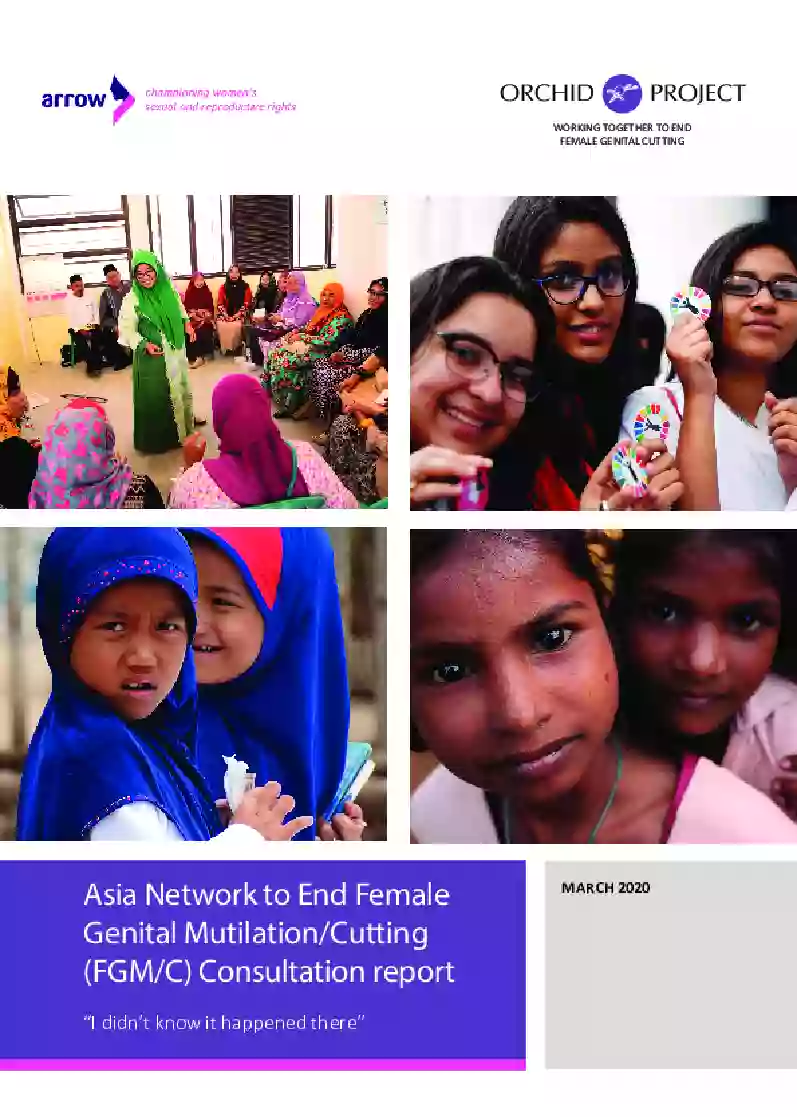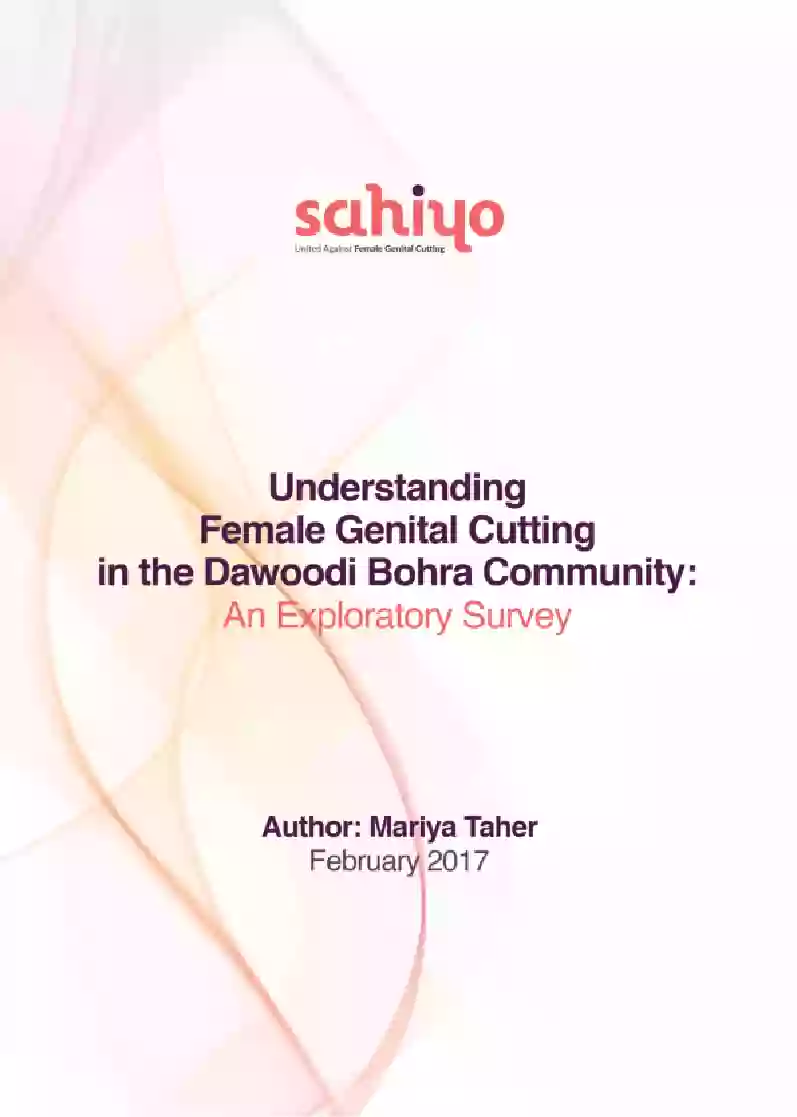Home | Research & Resources | Pakistan
Key Findings
FGC is referred to as khafd or khafz by Dawoodi Bohra women.
In Pakistan, khafz is known to be practised by the Dawoodi Bohra, the Sheedi and certain immigrant groups from neighbouring countries.
However, the lack of data about the practice in Pakistan is the main obstacle to opening discourse about its prevalence, drivers, harms and potential eradication.
Place
The practising community is concentrated in the southern province of Sindh
Age
Dawoodi Bohra girls are cut at the ages of six or seven; otherwise unknown
Type
There are some indications that Type 1 is most commonly practised
Agent
Most cutting is performed by traditional practitioners, but medicalisation is occurring
Distribution of FGM/C across Pakistan
There are no clear data to indicate the prevalence of female genital cutting in Pakistan. Its occurrence has been raised in various media reports, usually in relation to immigrant members of the Dawoodi Bohra community (from India), among whom prevalence is estimated to be 75–85%. Assuming that FGC is practised by the Dawoodi Bohra in Pakistan in the same way it is in India, prevalence would be highest in older groups of women: one survey found that 92% of women aged 46 and above have undergone FGC, compared to 68% of those aged 18–25.
There are also reports about FGC being practised among the Sheedi, a small sect mainly located in the south of Pakistan, who are believed to have originated from Africa centuries ago, perhaps bringing the practice with them.
The Dawoodi Bohra community comprises more than a million people across 40 countries. The majority live in India, but there are also large communities in Pakistan, Yemen and the Middle East. In 2011 it was estimated that 100,000 live in Pakistan, mainly in the south. A survey and report about FGC among the Dawoodi Bohra, produced in India by Sahiyo, found that 5.7% of those surveyed lived in Pakistan, but 14.2% underwent FGC in Pakistan. Orchid Project’s own research has found that Bohra girls from countries where FGC is criminalised, such as the United States, have been brought to Pakistan to undergo FGC.
Estimates of the size of the Sheedi population resident in Pakistan vary from fifty thousand to just under one million. An estimated 50% reside in lower Sindh, 20% in the city of Karachi, and 30% in Baluchistan. The Head Office of the Young Sheedi Welfare Organization is based in Badin, in Sindh province.
FGM/C Legislation in Pakistan
There is no law against FGC in Pakistan, nor is it mentioned or recognised in any law.
It could be construed as ‘hurt’ under The Pakistan Penal Code (1960; amended 2012), Article 332. In 2006 the Government acknowledged that FGC does occur in the country when it introduced into The National Plan of Action for Children a goal of eradicating the practice by 2010. It seems this is the only government document to mention the issue.
Development Indicators
Population
Approximately 100,000 Borah live in Pakistan and several thousand Sheedi. Together they constitute about 0.1% of the Pakistan population
Infant Mortality
51.5 deaths per 1,000 live births (2024 est.)
Maternal Mortality
154 deaths per 100,000 live births (2020 est.)
SDG Gender Index
123 out of 144 countries in 2022 (score of 50.6)



.webp)
_cover.webp)

